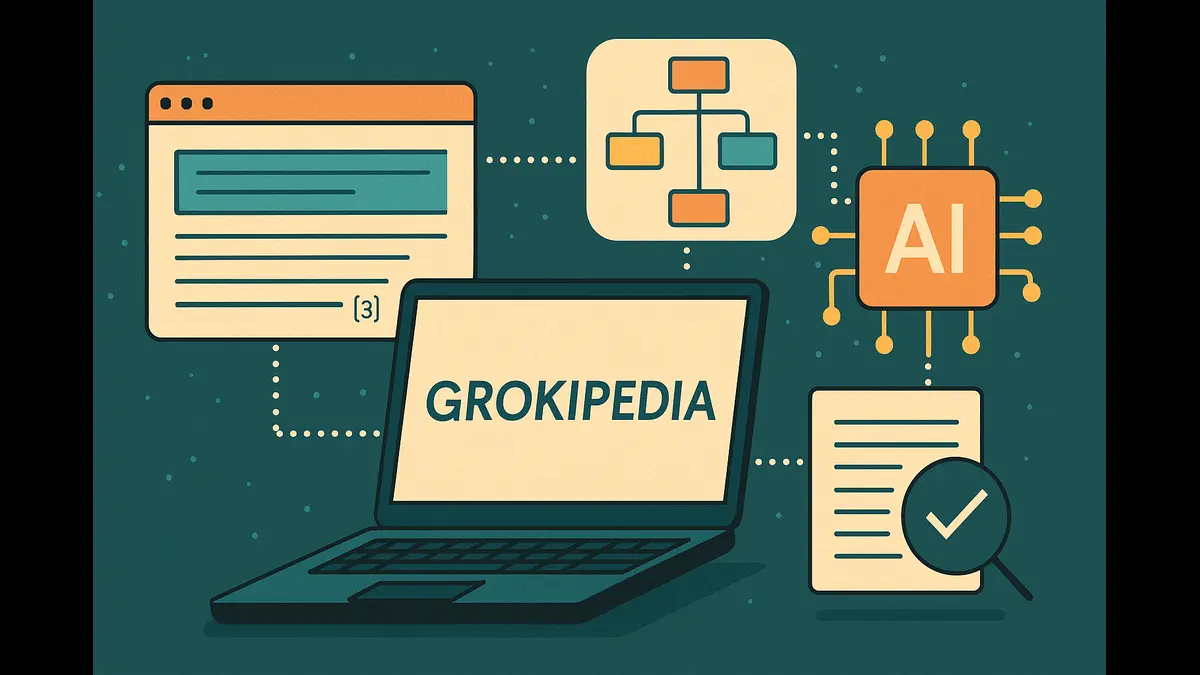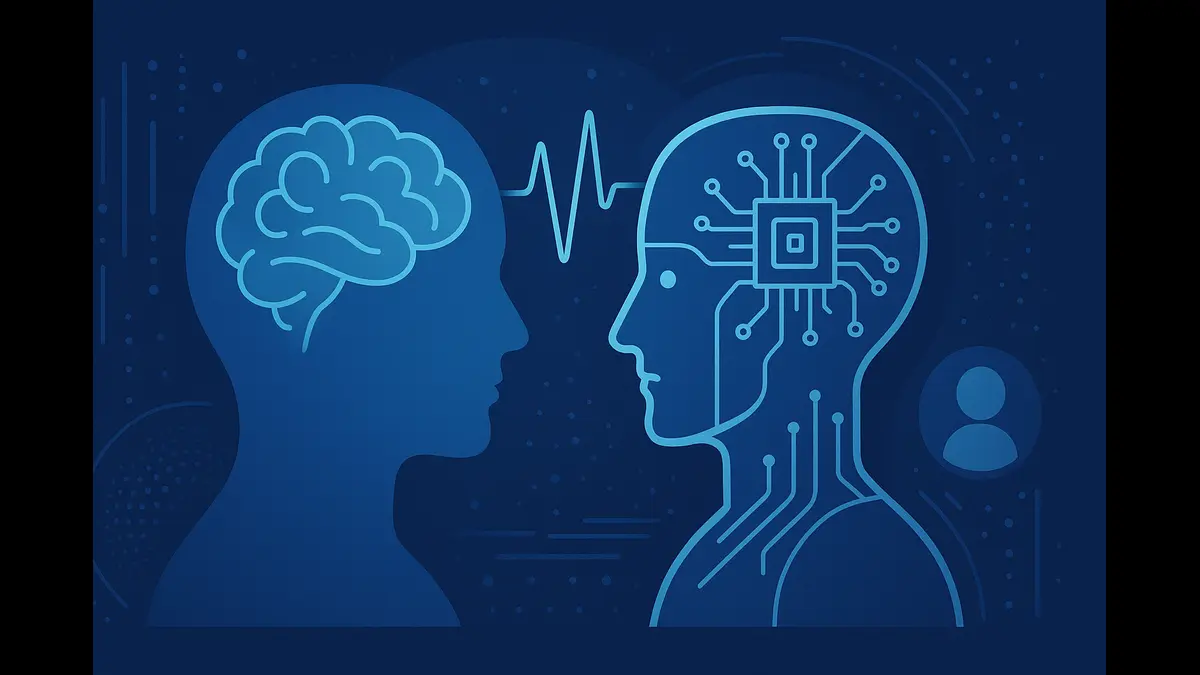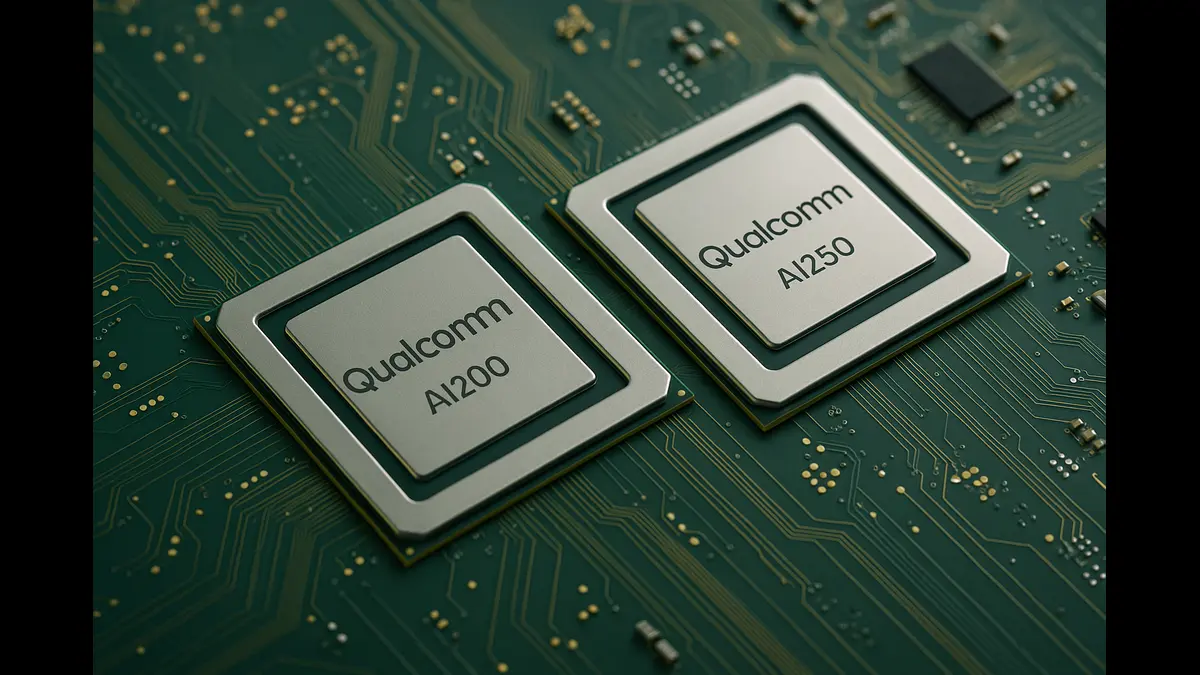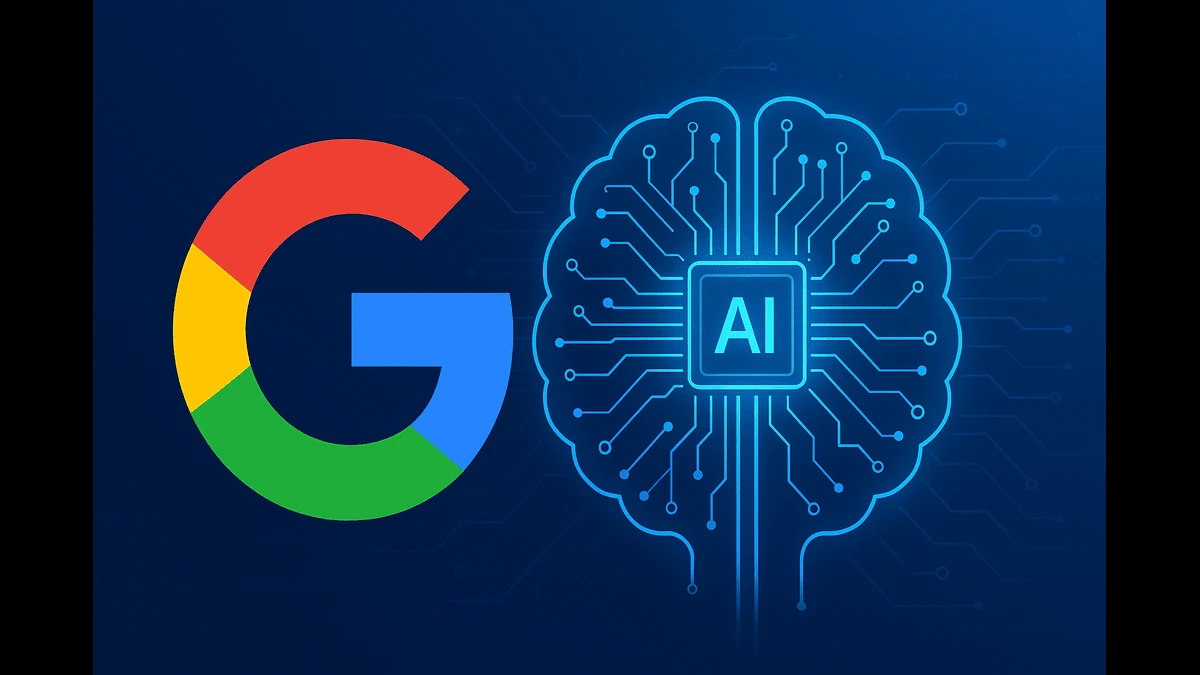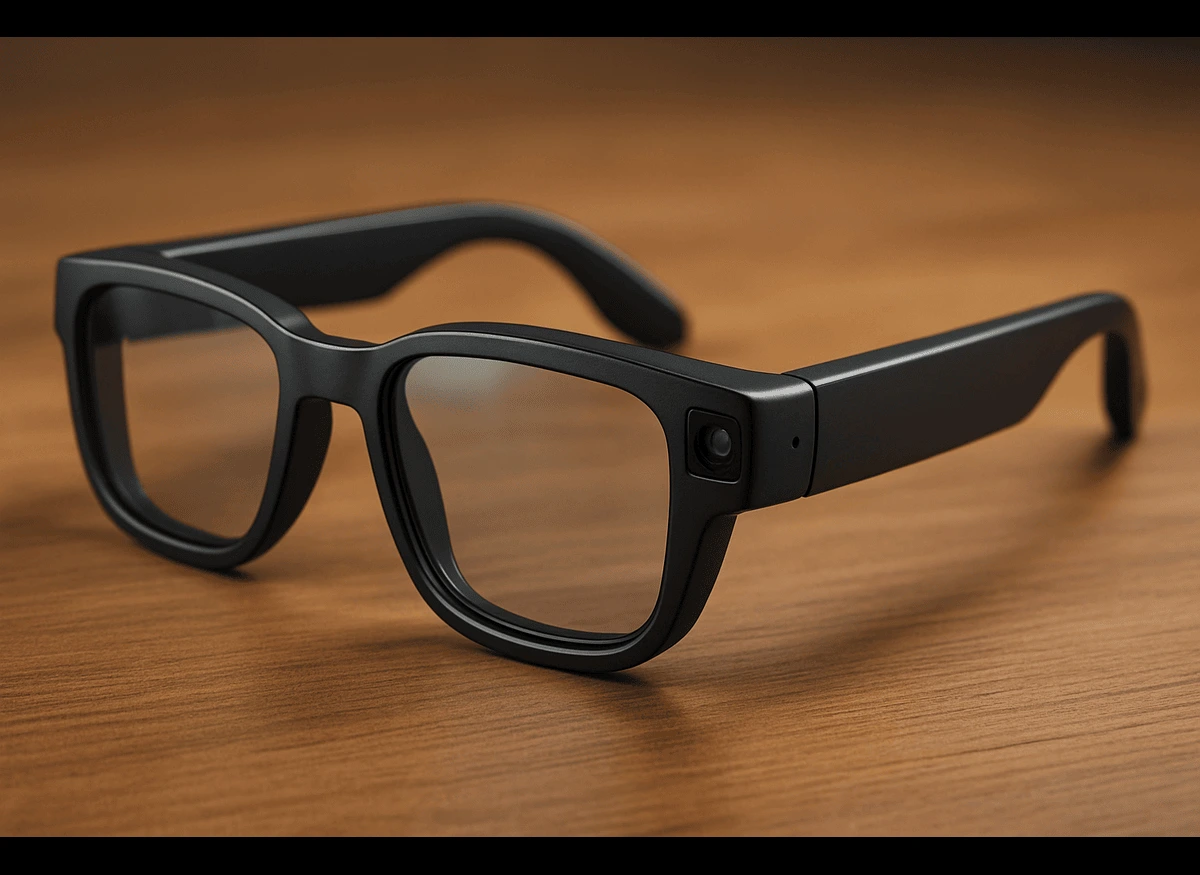
With WWDC 2025 just days away, Apple’s rumored AI-powered smart glasses are generating intense buzz. Expected to launch in late 2026, the device could revolutionize wearables with Siri-driven assistance, real-time translation, and seamless Apple ecosystem integration. But its privacy implications—from surveillance risks to facial recognition concerns—are already stirring debate. This article breaks down the tech, the timeline, and the tension behind Apple’s most close-mouthed project yet.
With Apple’s WWDC 2025 scheduled for June 9–13, speculation is heating up about one of its most anticipated innovations: AI-powered smart glasses. While no official reveal has occurred yet, credible leaks and insider reports confirm that Apple is fast-tracking development for a late 2026 launch. about one of its most anticipated innovations: AI-powered smart glasses. While Apple has not confirmed anything about this in the upcoming keynote presentation, credible leaks and insider reports confirm the company is fast-tracking their development for a late 2026 launch. Built as a next-gen wearable integrating AI, cameras, microphones, and voice commands, these glasses are poised to transform how we interact with the digital world. But their emergence also raises thorny questions about surveillance, privacy, and whether we’re truly ready for this tech leap.
Apple Smart Glasses: Timeline and Development Status
Originally, Apple insiders like Bloomberg’s Mark Gurman had projected a 2027 release for the smart glasses. However, updated reports from May 2025 suggest Apple is now aiming for a late 2026 launch, with mass production of prototypes expected by the end of this year. This accelerated timeline reflects Apple’s growing focus on integrating AI across its product ecosystem and its urgency to remain competitive in the wearables race against Meta and Google.
Though there was no formal reveal at WWDC 2025, sources within Apple indicate that development is progressing rapidly. Internally, the device is viewed as a bridge product—more advanced than audio-only wearables like AirPods, yet not as immersive or complex as the Vision Pro headset.
Expected Features: A Glimpse Into the Future
Apple’s smart glasses will focus on utility and context-aware assistance. Based on credible leaks, here are the features being developed:
- Built-in Cameras and Microphones: The glasses are expected to have discreet sensors to collect visual and audio data in real-time. This allows the device to recognize objects, capture photos, or respond to voice queries without reaching for a phone.
- On-Device AI with Siri: A reimagined, AI-enhanced version of Siri will serve as the primary interface. Users can ask questions, get translations, or receive contextual feedback based on what they’re looking at—e.g., identifying a product or translating a street sign.
- Real-Time Translation and Navigation: Leveraging on-device processing, the glasses will provide real-time translation of spoken or written language. Navigation prompts (e.g., arrows or directions) could be provided via auditory cues or minimal visual overlays.
- Seamless Apple Ecosystem Integration: Like AirPods or Apple Watch, the glasses will sync with iPhones, iPads, and Macs. Expect features like music playback, notifications, hands-free calls, and messaging via Apple services.
- Low-Power Custom Chipset: Apple is reportedly designing a new chip inspired by the Apple Watch’s SoC to support fast, local AI processing without draining battery.
- No Full AR Display Yet: While future models may support true augmented reality overlays, this first-generation device will likely focus on auditory and minimal visual output, avoiding the bulky form factor of AR headsets.
Privacy Concerns: Are They Watching You Too Closely?
As with any wearable that includes sensors, cameras, and microphones, privacy advocates are sounding alarms. The key concerns include:
- Constant Surveillance: Users and bystanders may not be aware when the glasses are recording or analyzing data. Even if Apple includes a small LED light to indicate camera use, critics argue it won’t be enough.
- Face Recognition and Public Safety: There are fears the device might support unauthorized facial recognition. While Apple claims it will disable such features in jurisdictions where it’s banned (like parts of the EU), the possibility of silent surveillance remains concerning.
- Potential for Misuse: Like Meta’s Ray-Ban smart glasses, Apple’s version could be misused for stalking or recording without consent. Critics urge Apple to bake in strong privacy-by-design principles—like prohibiting video capture or auto-deleting visual data unless specifically saved.
- Data Sovereignty: Apple is expected to store and process most data locally on-device, reducing risk. Still, experts warn that no system is invulnerable to hacks, and users should remain cautious.
Competitor Landscape: Meta, Google, and Beyond
Apple isn’t alone in pursuing smart glasses. Here’s how the competition stacks up:
- Meta’s Ray-Ban Smart Glasses: Already on sale and relatively popular, Meta’s glasses include dual cameras, open-ear speakers, and AI assistant access (powered by Meta’s Llama or Google Gemini). They do not include a display, but support hands-free photography and messaging. Apple’s glasses are expected to compete directly in this space, with better privacy controls and tighter ecosystem integration.
- Google’s Gemini Glasses Prototypes: Google showed off AI-powered smart glasses at I/O 2025 that feature live translations, object recognition, and possibly micro-displays for text. While impressive, these remain in prototype stages, with no commercial release timeline yet.
- Samsung and Others: Rumors suggest Samsung may also release AI glasses within the next year. Startups like Snap and other AR-focused firms continue to experiment, but Apple, Meta, and Google are considered the “big three” in this race.
WWDC 2025: Will There Be a Reveal?
As of June 1, Apple has not officially unveiled its smart glasses, but with WWDC 2025 just around the corner, expectations are mounting. The event, set for June 9–13, is expected to focus on AI-driven software upgrades across iOS, macOS, and visionOS. While there’s no confirmed slot for hardware announcements, some analysts believe subtle hints or developer-focused updates related to glasses could emerge.. The event remained focused on major software updates across iOS, macOS, and broader AI integration into the Apple ecosystem. There were no teases, demos, or formal acknowledgments of smart glasses during the keynote.
However, industry observers noted indirect signals that Apple is laying the groundwork. Reports indicate that Apple is developing a glasses-compatible version of visionOS, its operating system for mixed-reality devices, suggesting eventual cross-compatibility. Developer tools for such hardware could be introduced in 2026 if the product timeline stays on course.
What This Means for Users and Developers
- For Users: Expect a product that complements your iPhone rather than replaces it. Apple will likely position the glasses as an enhancement to daily life, especially for hands-free tasks like navigation, communication, or translation.
- For Developers: No SDKs are available yet, but Apple may open the platform in 2026. Developers can anticipate tools similar to those used for Apple Watch or AirPods integrations, with added AI/vision APIs.
Watch This Space—But Watch Yourself Too
Apple’s upcoming smart glasses may represent a breakthrough in wearable computing, promising hands-free utility, intelligent assistance, and seamless integration with everyday life. But they also revive longstanding tensions about privacy, consent, and surveillance. Whether Apple succeeds will depend not only on the product’s design and performance, but also on how thoughtfully it addresses these ethical concerns. For now, the future is clear: the glasses are coming, and the world is watching—quite literally.
Discover more from Poniak Times
Subscribe to get the latest posts sent to your email.

